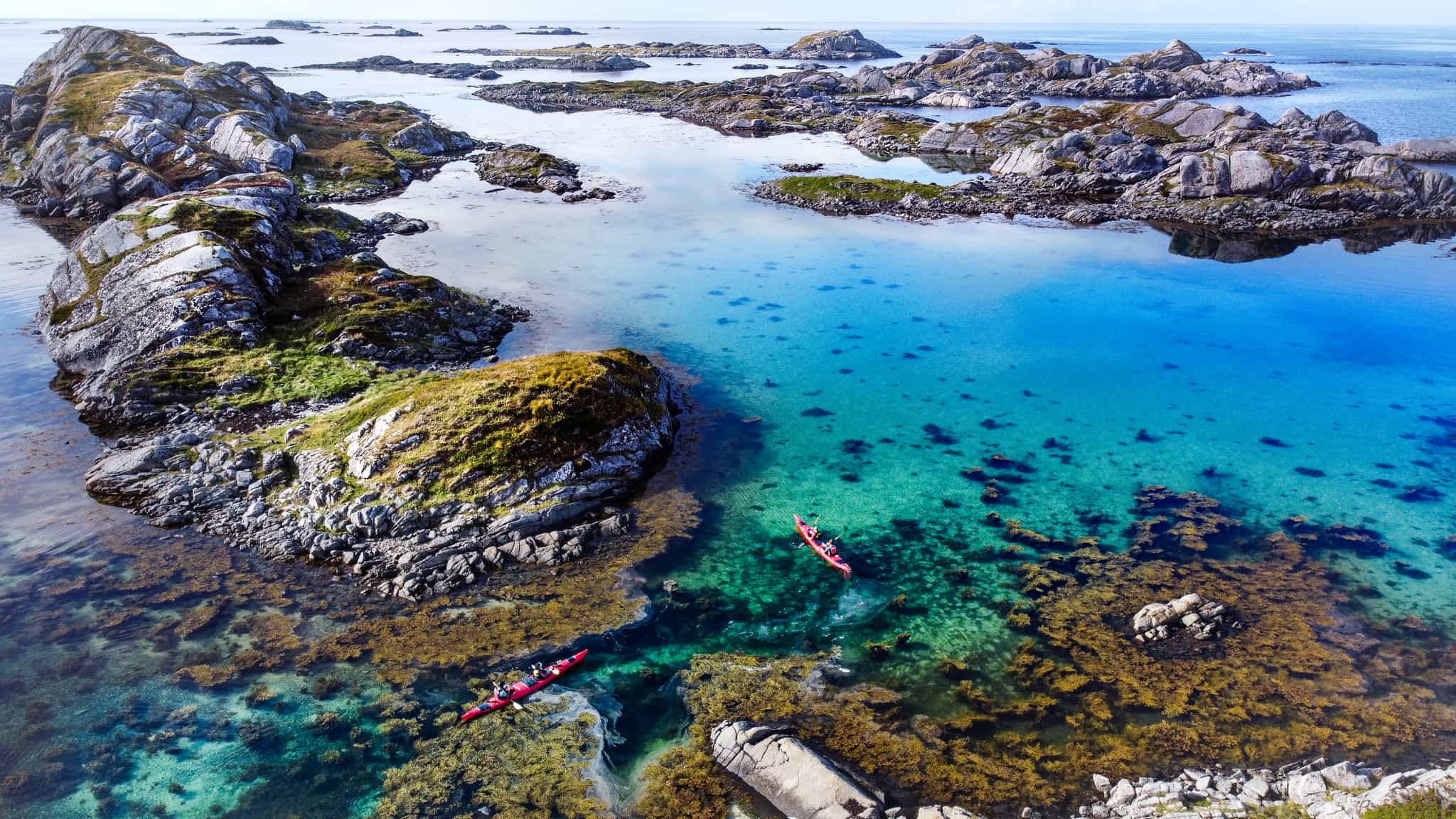
Kayak the Lofoten Islands in a Weekend
A majestic island-hop, weaving through the watery wilderness of Norway's stunning Arctic archipelago
What's Included?
Small Like-minded Groups
Solo-friendly by design, join our small n’ sociable groups of up to 10 like-minded, active and outdoorsy people…
…
What's it like?

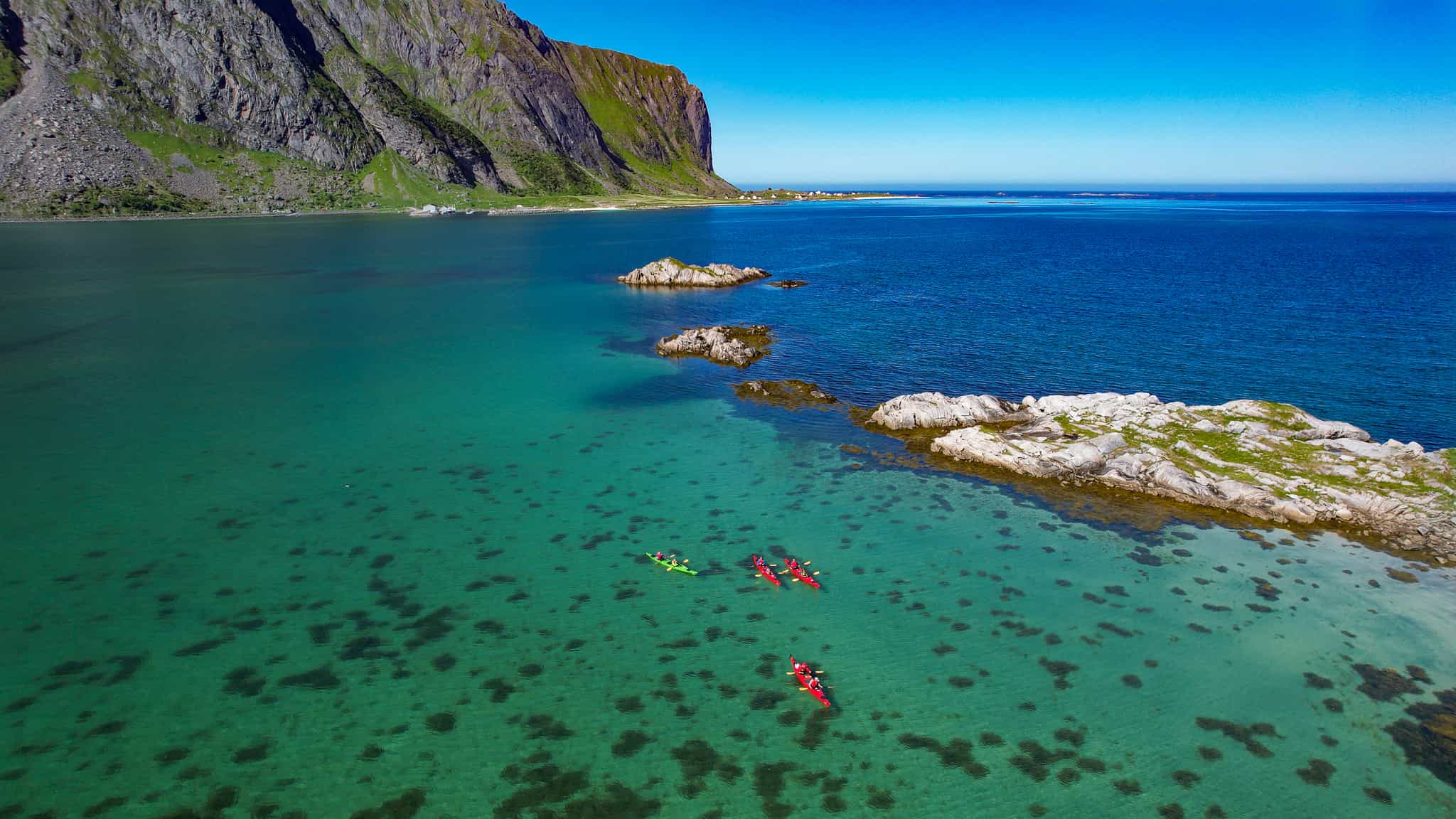
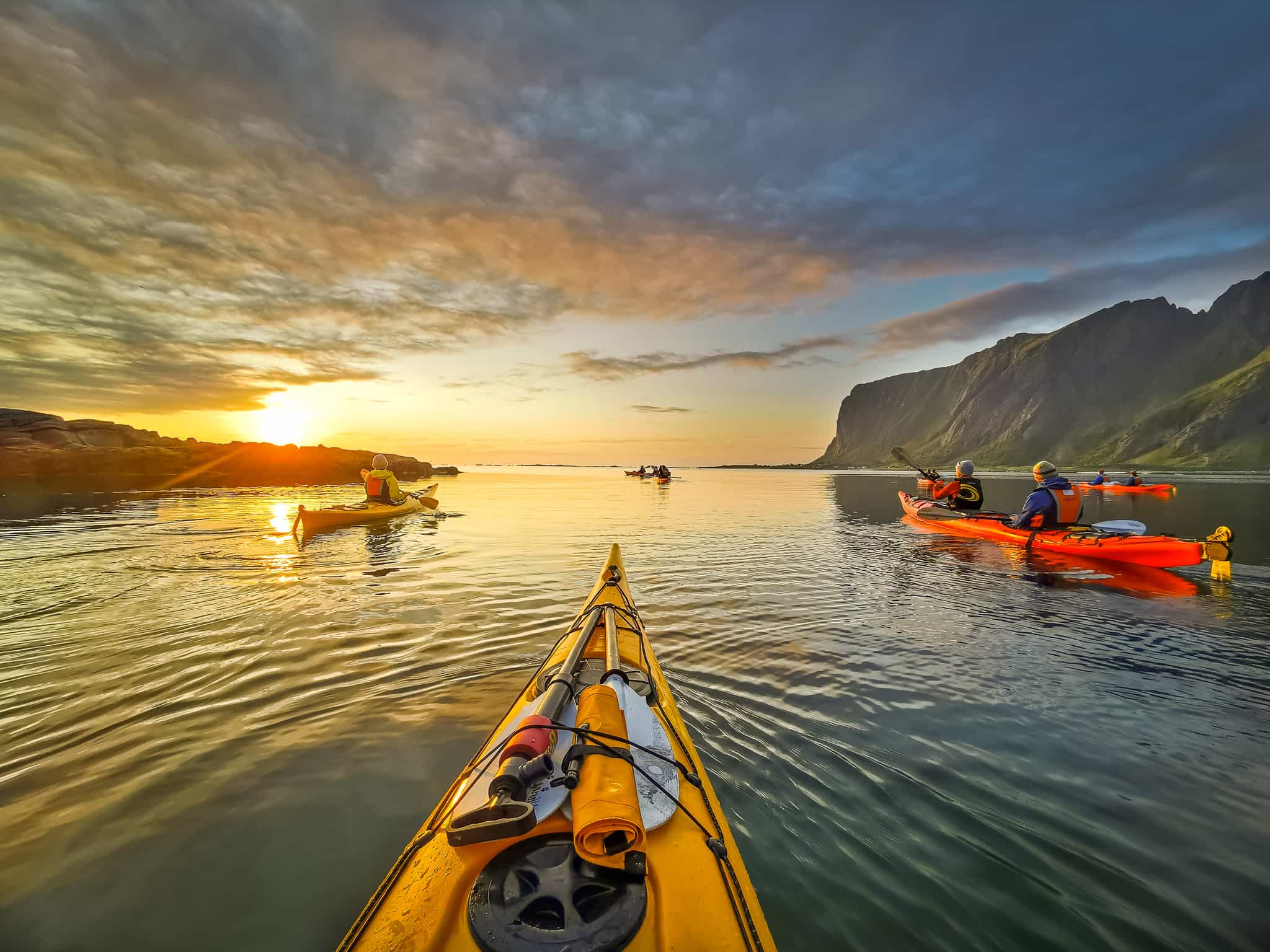

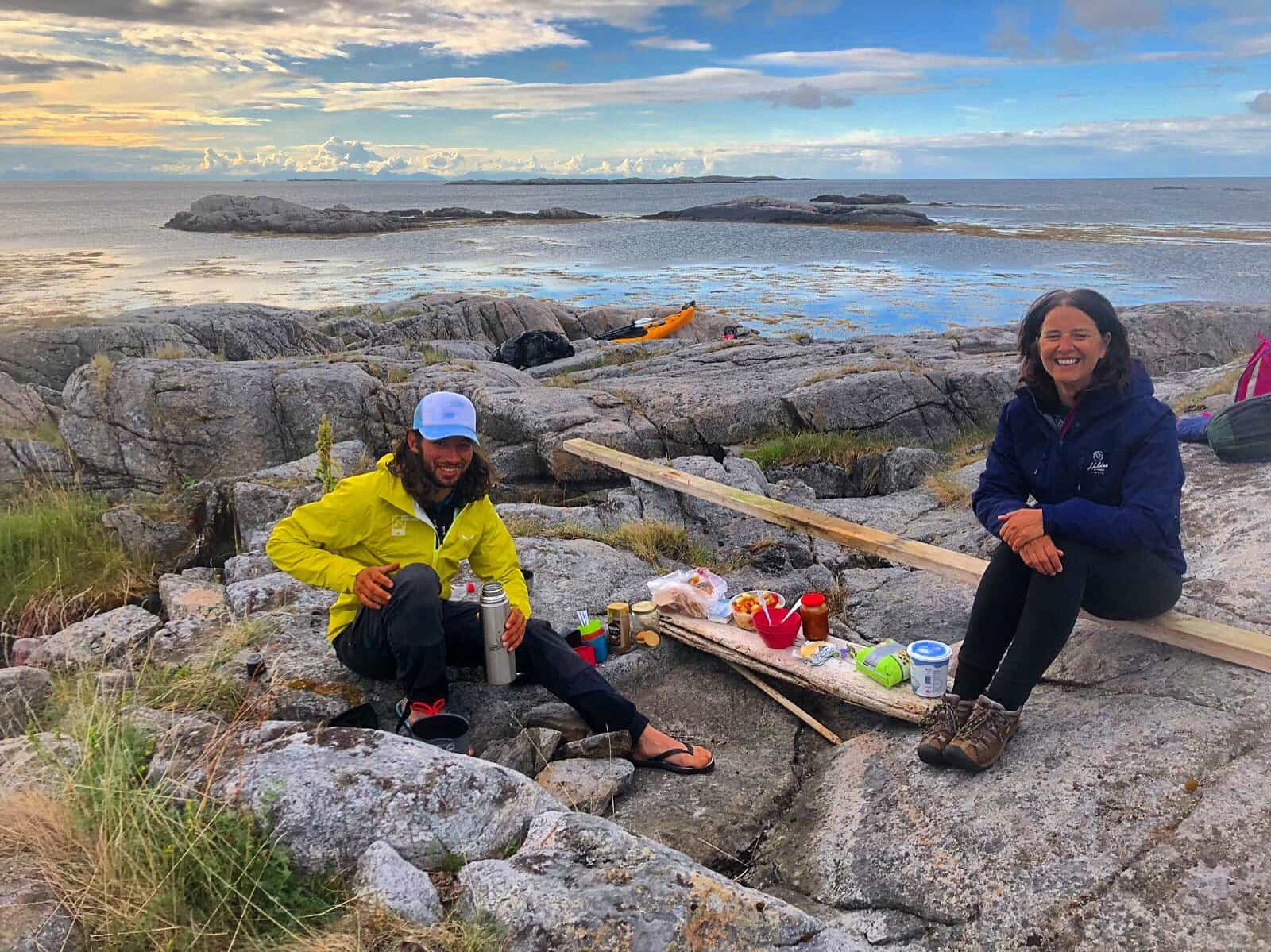
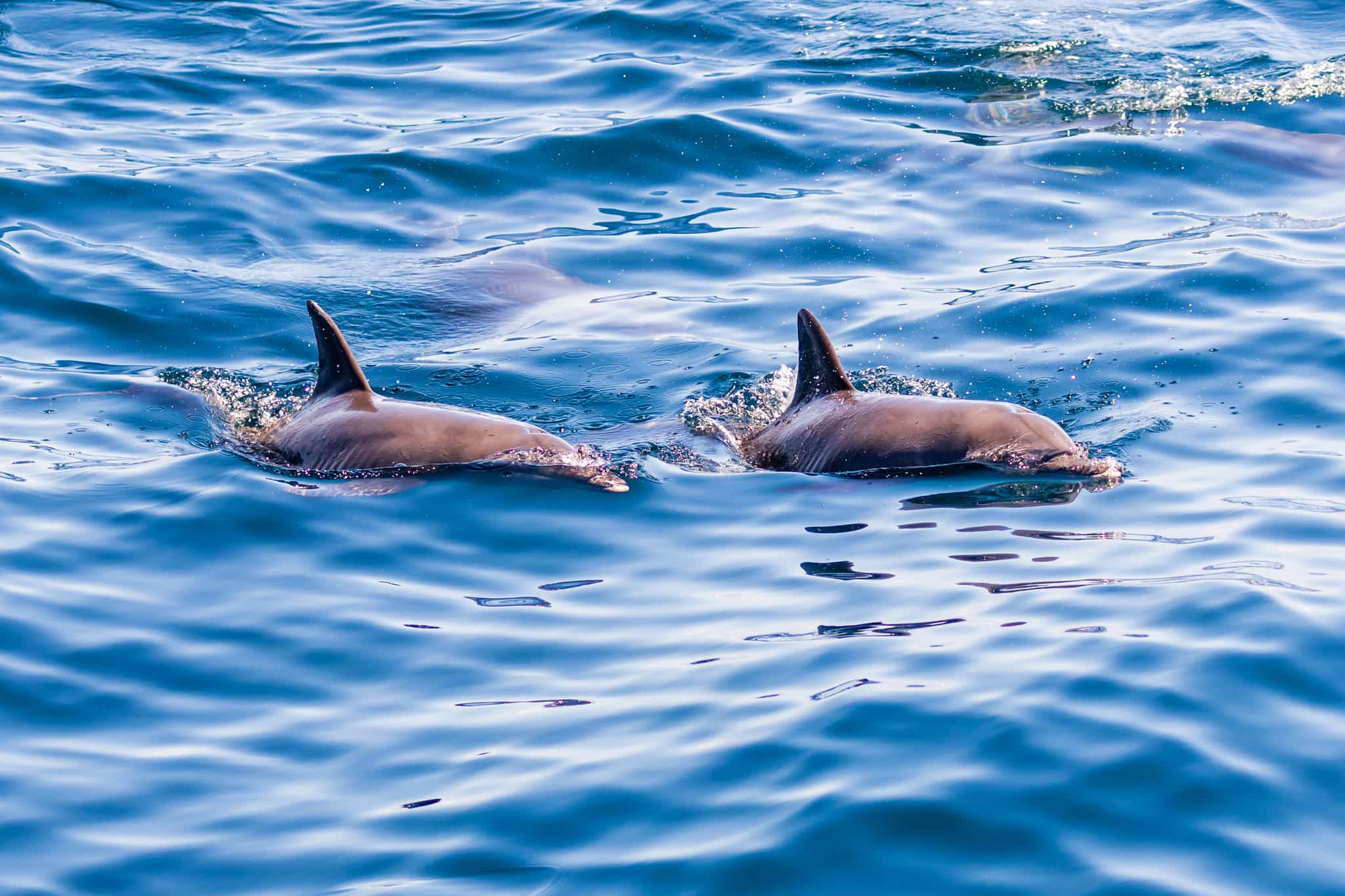
Kayak past mountains and fishing villages through the turquoise waters of Lofoten - eyes peeled for dolphins and orcas
Reach remote and uninhabited islands for wild campouts, bonfires and old fisherman's tales beneath the midnight sun
A mini version of our sought-after full week trip: Kayak and Wild Camp the Lofoten Islands
Key Information
Day 1
The paddling begins
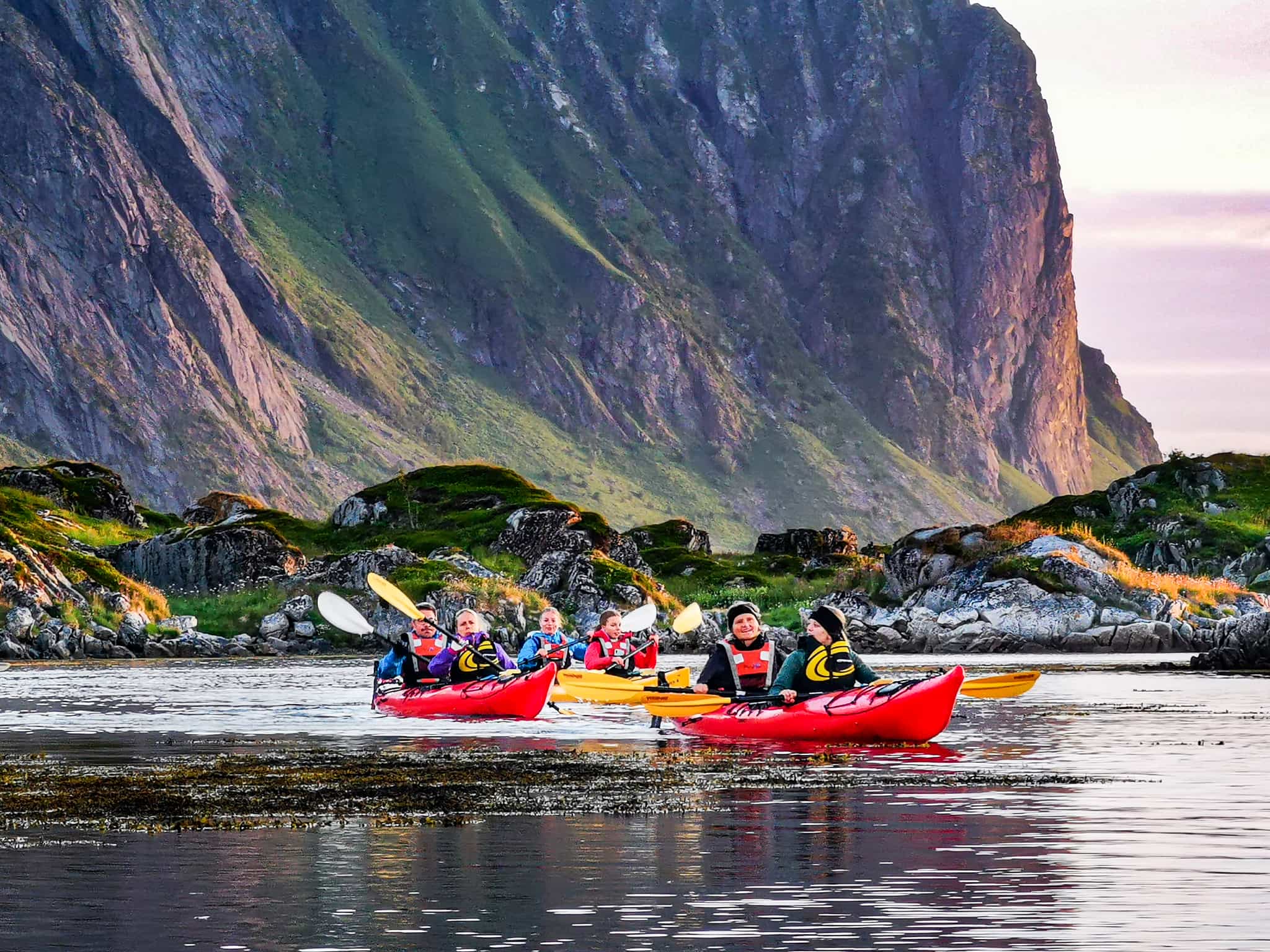
Kayaking
Your host will pick you up from anywhere on Vestvagoy Island and take you to the put-in spot at Eggum Harbour. Load up the kayaks and paddle east through shallow turquoise waters dotted with countless small islands. This is a wild area where you're highly unlikely to see other people around, with just seals, dolphins and colonies of cormorants to keep you company. After a full day of paddling, you'll reach the island of Gimsøya in the late afternoon, in time to find a wild camp spot, set up your tents and enjoy a well-deserved dinner beneath the midnight sun.
Day 2
Gimsøya to Rolvsfjord
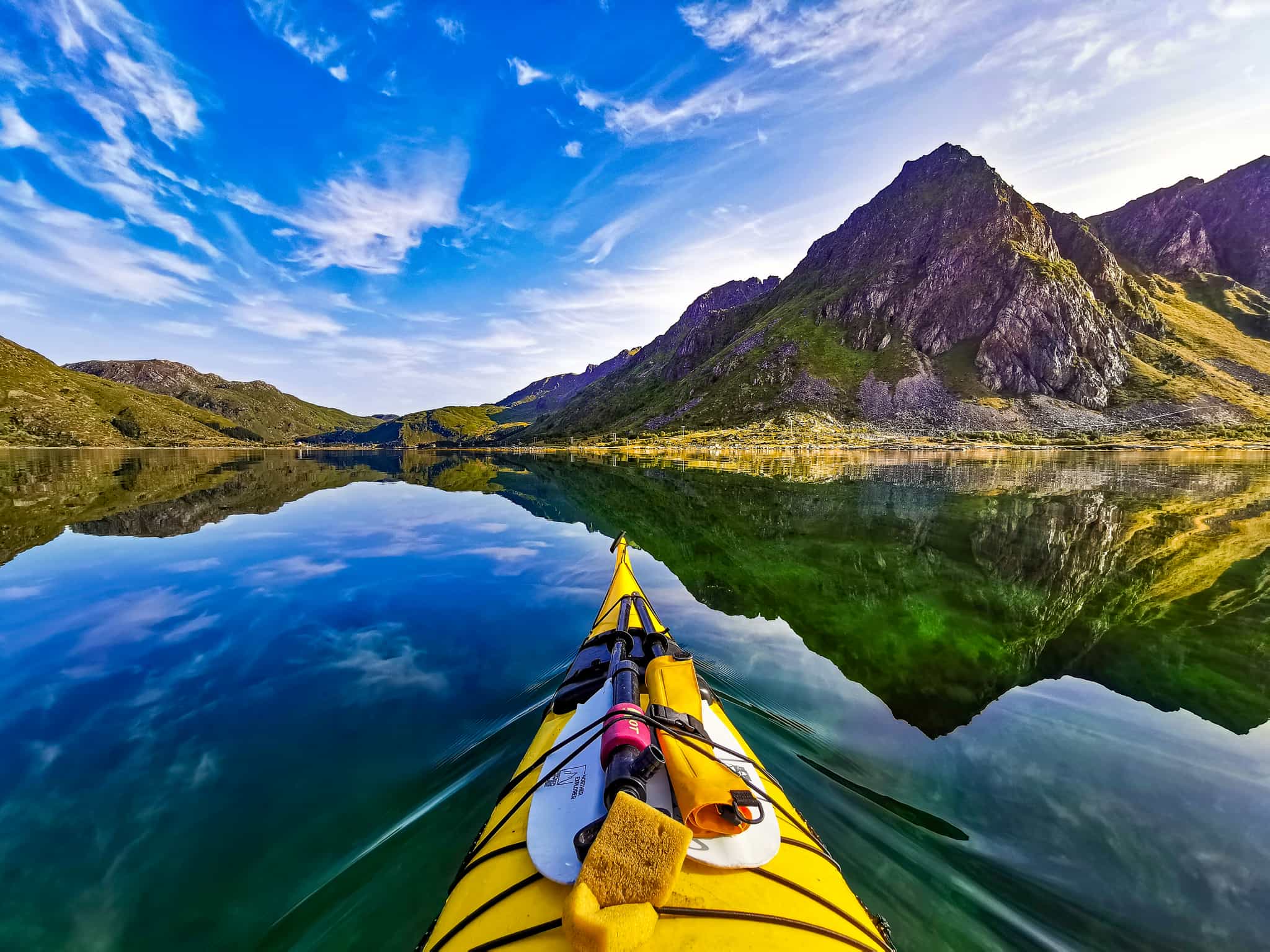
Kayaking
Fuel up with breakfast at the wild camp spot before a chunky day on the water as you paddle away from Gimsøya Island, heading south. The views of the huge rocky mountains of Valberg form an epic backdrop for today's route and provide plenty of proof that the best way to see the Lofoten Islands is from the water. Weave through the myriad of tiny islands, eventually reaching Rolvsfjord where you'll settle into your campground with a warm shower and cold beers before dinner.
Day 3
Rolvsfjord to Mortsund
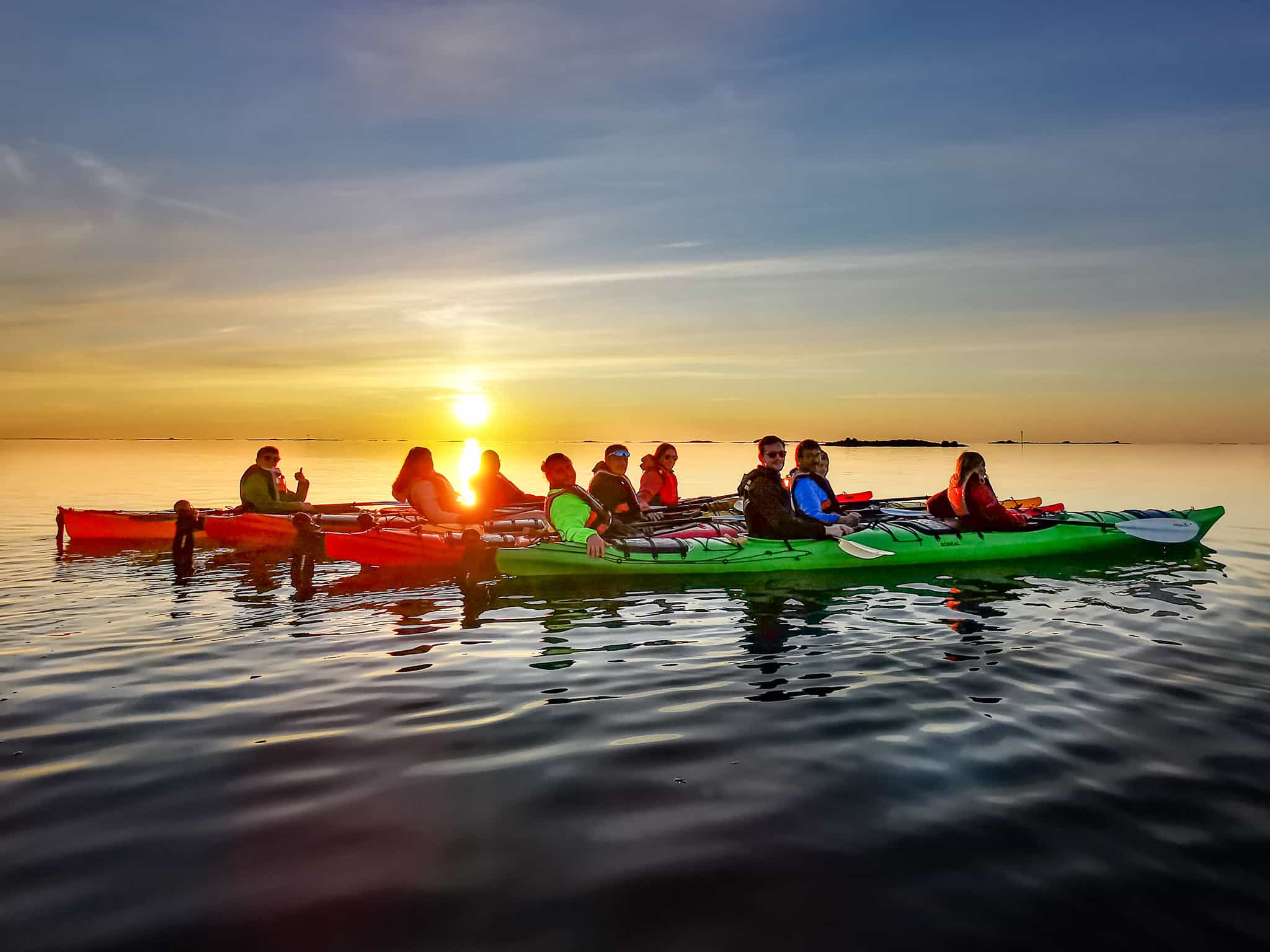
Kayaking
Breakfast and shower at the campground before setting off towards Mortsund, an idyllic fishing village facing south on Vestvågøya Island. Midway you'll stop off at Stamsund to stretch your legs, grab some lunch and walk around another beautiful Lofoten village. Spend the afternoon back on the water navigating small channels through hundreds of islets, eventually reaching a tiny island just off Mortsund village where you'll be wild camping tonight.
Day 4
Mortsund to Napp
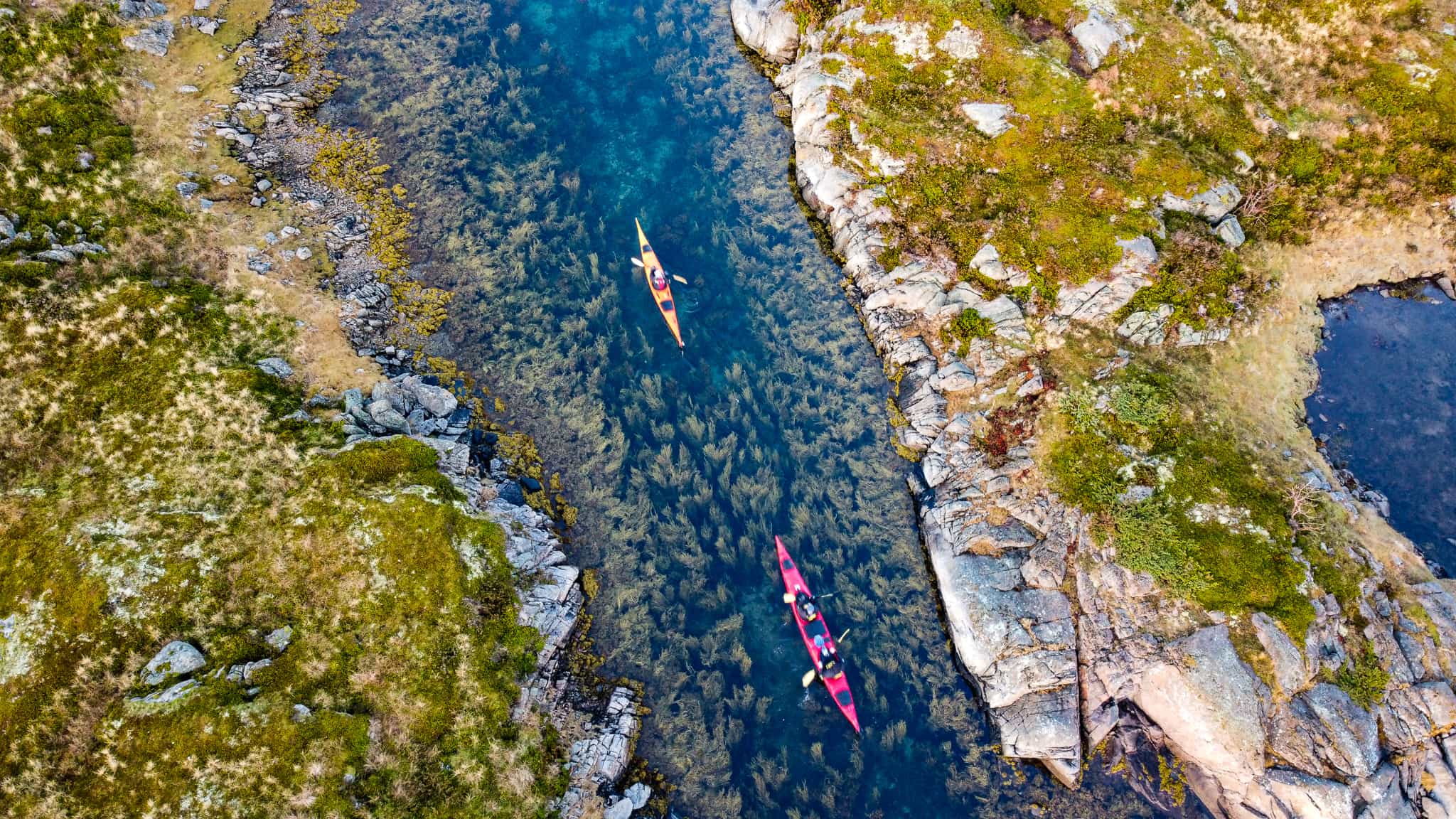
Kayaking
Enjoy an early breakfast and catch the sunrise (unless you're here in June with 24hr daylight) before loading up the kayaks. Heading south and hugging the coast of Vestvågøya island, you'll reach the old fishing village of Ballstad where you'll paddle between the colourful fishing boats. The air is filled with the scent of drying cod being hung around the village - definitely a memorable aroma! Continuing south-west you'll paddle the final stretch of the adventure, reaching the put-out spot at Napp around 16:00. Toast a wild weekend and help pack away the kayak and camp gear before your host drops you off anywhere on Vestvagoy Island.
The Area
Logistics
Starts
Eggum Harbour
12:30
Ends
Napp
16:00
Transfers
Your host will pick you up from anywhere on Vestvagoy Island, ahead of the start time of 12:30 at Eggum Harbour. This includes Leknes Airport which is on Vestvagoy, so morning flight arrivals can be met if you are flaying in on the morning of Day 1. Alternatively, you can make your own way to Eggum Harbour for 12:30 to meet your host and fellow adventurers there. On Day 4 you'll reach Napp at approximately 16:00 and after packing down, your host will transfer you back to anywhere you like on Vestvagoy Island. We recommend booking flights that depart after 19:00 if you are heading straight to the airport at the end of the trip.
It's also possible to be collected from Moskenes ferry terminal on the morning of Day 1 if you are travelling from Bodø which serves as a larger gateway to the Lofoten Islands, with more flight options into Bodø compared with Leknes. You'll need to be on the ferry arriving at Moskenes at 09.15, and there is an additional charge to be collected from here - see Optional Extras for the price.
Travel options
The most straightforward point of arrival for this trip is Leknes Airport - accessible by various flights from the UK, Europe and North America via Oslo. However, there are limited options to arrive in time for the start of the trip at 12.30 in Eggum Harbour, so you may wish to fly a day before and arrange a night in a hotel or hostel before starting the trip the following day.
There is the option of flying to Bodø, staying the night there at your own arrangement and then taking the direct ferry departing from Bodø and arriving at Moskenes. The journey takes approximately 3h 15m.
With extra time on your hands (and some extra cash) it is possible to catch the train to the Lofoten Islands. From Oslo, you can take a train via Trondheim and Fauske to Bodø which takes approximately 10 hours. Once in Bodø, you can take the ferry mentioned above to Lofoten.
Day 1
Breakfast
Lunch
Dinner
Day 2
Breakfast
Lunch
Dinner
Day 3
Breakfast
Lunch
Dinner
Day 4
Breakfast
Lunch
Dinner
What is the food like?
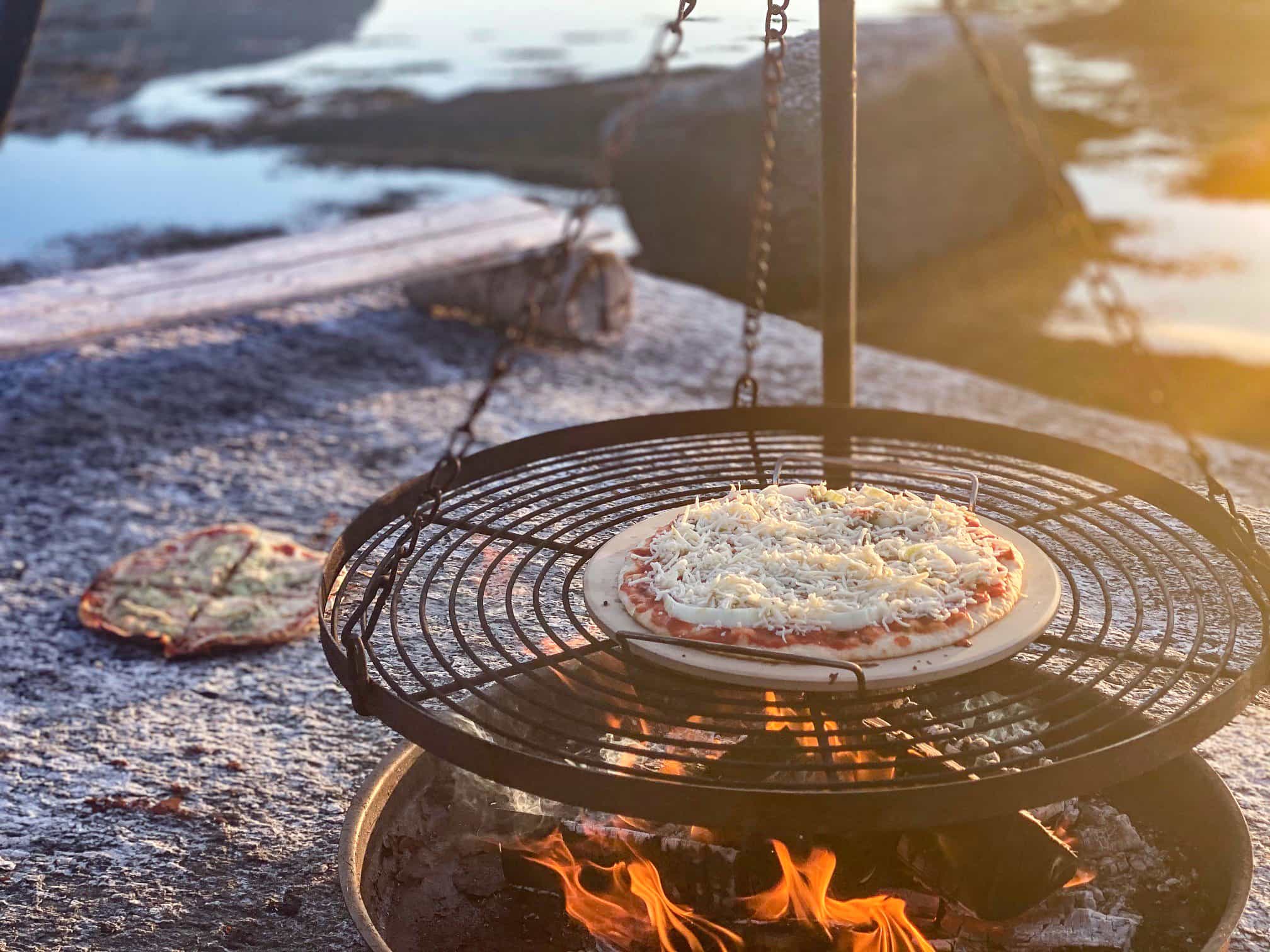
During the expedition, the emphasis will be on lightweight meals prepared by the trip leader with some help from the group. The welcome and farewell dinners will be some local specialities, such as Lofoten lamb and fresh fish. For the rest of the dinners expect soups, pasta with vegetables, sausages and freeze-dried meals. Breakfasts will consist of muesli, porridge, crispbread, some cheese and ham, tea and coffee. For packed lunches, you'll make sandwiches from various ingredients. Snack items include biscuits, dried fruit, nuts, chocolate, fruits and energy bars.
Vegetarians, vegans and other dietary requirements and allergies can be catered for - please just request this on your passenger info form.
What is the accommodation like?
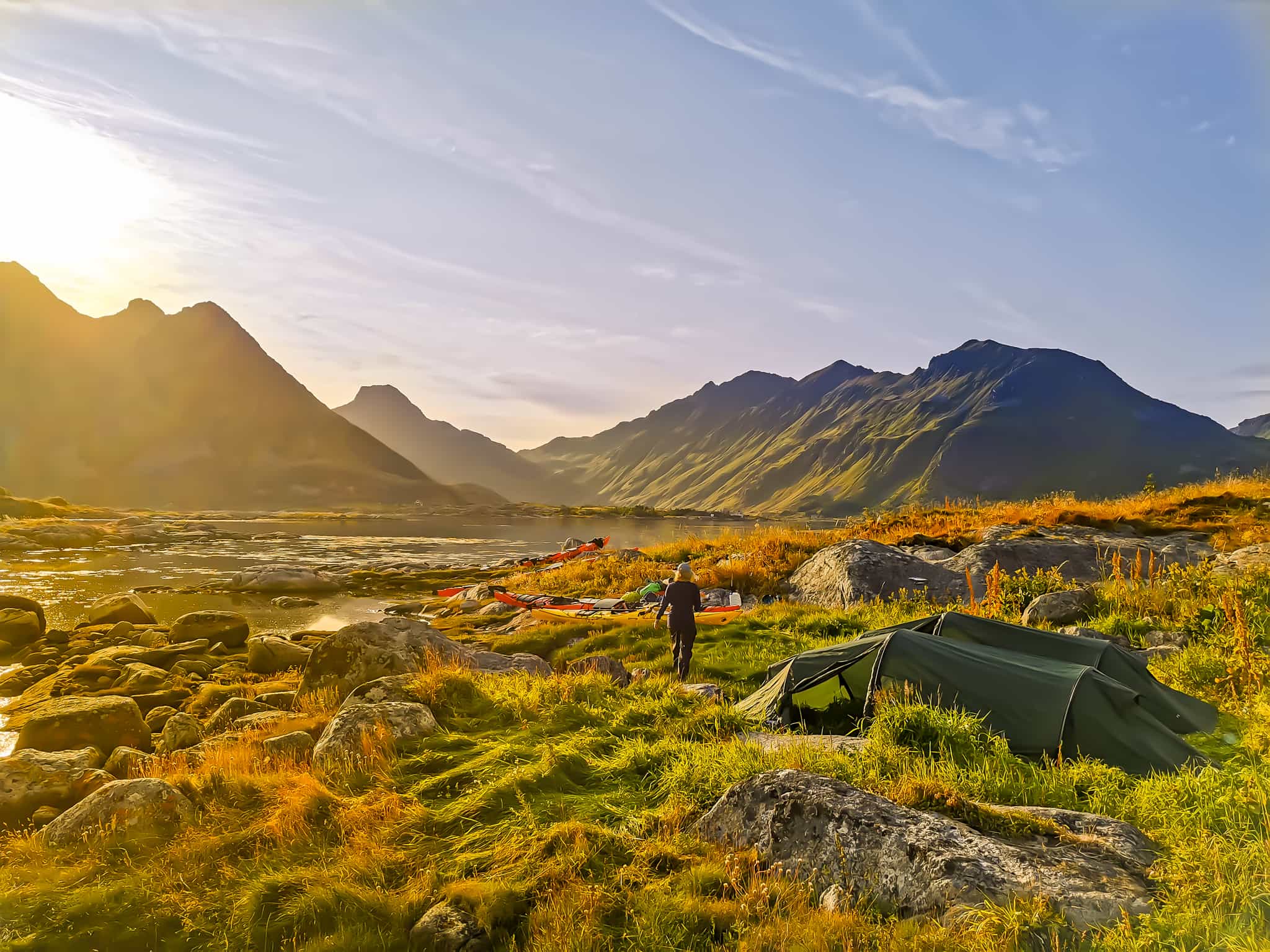
Wild camping
You'll spend two nights wild camping on tiny islands and remote beaches - without doubt, the best way to soak up the wild nature of the Lofoten Islands. Your guide will select the best locations depending on conditions, and you can expect to pitch up on wild grassland, beaches or sand dunes. You'll stay in twin-share tents with sleeping mats, and everyone mucks in alongside the guide to help set up and take down camp.
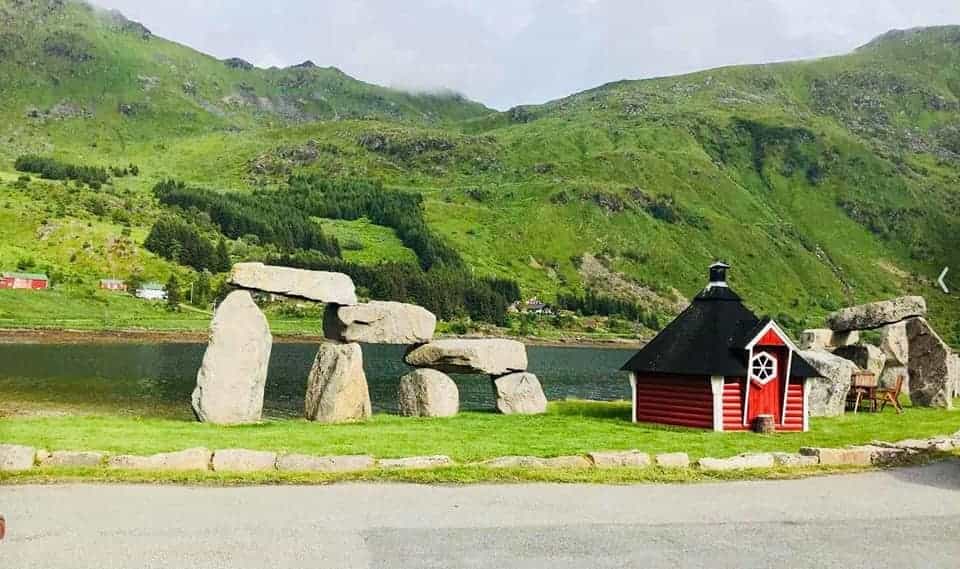
Beach campsite
You'll spend one night camping at Brustranda Sjocamping, a campground with the sea on one side and mountains on the other. There are toilets and shower facilities here. You'll stay in twin-share tents unless you have requested a private room and tent upgrade.
We’re still waiting to collect any reviews from other travellers on this trip. However, all our hosts go through an extensive vetting process to ensure that your adventure is awesome.
Guides
Expert, local, English-speaking kayaking guides
Accommodation
2 nights wild camping, 1 night at a campsite
Meals
All of your breakfasts, lunches and dinners
Transfers
Arrival pick-up and drop-off anywhere on Vestvagoy Island (including Leknes Airport)
Equipment
All your camping and kayaking gear
Our trips are hassle-free by design. We include all the activities and equipment, as well as many of the meals, so you can simply rock up with your rucksack and share the adventure with your new pals.
Personal Expenses
You know your own spending habits best, so please budget an appropriate amount for things like optional meals and drinks, shopping, optional activities, and laundry.
What's included?
Tandem sea kayaks
Life jacket
Paddle
Dry bags
Twin-share expedition tent
What's available to hire?
Sleeping bag & liner
Sleeping mat
What do I need to bring?
BAGS
Main backpack or duffel bag (to be left along with items that you don't take on the expedition)
Dry bags for your sleeping bags and clothes (10-20 litres) - your host does include dry bags, but please bring your own if you are able to.
CLOTHES
Thermal underwear, two sets
Wool or fleece thermal mid-layer
Hiking trousers (we recommend no cotton as they take longer to dry if wet)
Waterproof and breathable trousers and jacket
Down or synthetic jacket
T-shirts
Wool or fleece hat
Warm gloves or mittens
2 to 3 pairs of thick wool/synthetic socks
Light hiking shoes
Swimwear (very important so you don't miss out on the unforgettable experience to swim in Lofoten!)
Sunhat
Sandals for the camp
SLEEPING
Season 3 sleeping bag, with a comfort level of 5°C/41°F
Lightweight and packable sleeping mat, such as a Thermarest
Sleeping bag liner
Small travel pillow
OTHER
Universal travel plug adapter
Power bank or solar charger
Passports (and visas)
Travel insurance documents
Earplugs
Insect repellent
Suncream
Personal first-aid kit
Personal items (biodegradable toiletries, sanitary wear etc)
Toilet kit (toilet paper, biodegradable bags to carry paper out to dispose of)
Quick-dry towel
Alcohol hand-gel
Headtorch or torch
Reusable water bottle (x1 litre)
Biodegradable wet-wipes
Energy bars and snacks
Water purification tablets/treatment system
No optional extras are available for this trip.
We partner with the World Land Trust to ensure this trip achieves Net-Zero emissions. We also support their Buy an Acre programme, helping local communities to buy and protect natural habitats in perpetuity.
What's the number?
It works out on average at 64kg of CO2 emissions per person, including all local transport, accommodation, food, activities, guides, staff and office operations.
The only thing it doesn’t include right now is flights and travel to the destination. We do make an overall estimate across all our customers separately, but as we don’t book flights, have customers from all corners of the world, and no way of reliably knowing their travel plans, we simply can’t include an individual number in the figure on display here. We’ve got a goal to fix that, so that when you book, there is a way to measure and mitigate the carbon emitted by your flight too.
But what does the number mean?
Yep, hard to picture eh? To give you an idea:
- Driving 1000 miles/1609km would be approximately 281kg of CO2 in an average car (or 140.5kg per person, if there were two of you in it).
- A return economy class flight between London and New York would be approximately 1619kg (1.66 tonnes) per person.
- 10 trees in a temperate forest are estimated to remove approximately 250kg of CO2 from the air in a period of 5-10 years.
What are we doing about it?
Our trips are relatively low-carbon by design, and we're working with all our hosts to develop long term carbon reduction plans. We partner with the World Land Trust to ensure this trip achieves Net-Zero emissions. We also support their Buy an Acre programme, helping local communities to buy and protect natural habitats in perpetuity, ensuring the protection of the reserve and its wildlife.
Want to know more?
Amazingly, no international travel company has ever publicly published their carbon measurements before, as far as we know. We believe that must change, quickly. So we’re openly sharing the method we used in the hope that other companies will be able to more easily follow suit and build on what we've done so far. You'll find it all here.
Tips are not included in the trip cost. These are entirely at your discretion and your host will help with advice on how much to tip your guides, should you wish to do so.
Tap water in the Lofoten Islands is safe to drink. Your host will provide fresh water to fill up your bottles at various points during the hike, with some sections benefiting from small rivers to refill from.
Yes, you can store excess luggage at your host's office base at the start of the trip.
Sure can! Over 70% of our travellers travel solo, it’s a great way to meet like-minded people.
Our team of Adventure Hunters co-create exclusive adventures which are run by highly vetted, specialist hosts. The trip is run by our trusted host partner in the destination. We only work with independent, local, in-destination experts who know the very best places to explore and how to stay safe. Read more information about the local teams we partner with. You’ll be introduced to the host straight after making a booking via the Much Better Adventures platform.
Much Better Adventures refer to the UK Government’s official travel advice when designing trips and monitoring trip operations. We recommend that all customers are familiar with the practical information provided on the Government’s FCDO website, where current travel advice can be found by searching for the applicable destination(s).
For customers joining this trip from other international destinations – please also read the official travel advice applicable to your country of residence/origin, as this may differ.
We recommend checking out the country-specific information and also talking to a travel nurse.
We automatically convert prices from the local currency that a host receives to your chosen currency. We update our exchange rates on a daily basis so this does mean that prices displayed on the site are subject to currency fluctuations, which is why you may see them change over time.
If you wish to change the currency you pay in, head to the bottom of the page.
All of our group adventures are specially designed for adults to enjoy as we want these adventures to bring together outdoorsy people who are truly like-minded. You must be over 18 to join one of our trips.
You're always in good company on one of our adventures.
Our trips are typically made up of a mixture of solo travellers and small groups of 2 or 3 friends, with most in their 30s-50s.
Our sociable adventures are solo-friendly by design and naturally attract outdoorsy people with a shared mindset; a love for adventure, a desire to push themselves and meet awesome, like-minded people along the way.
It’s this camaraderie that has so often turned a great adventure into a life-changing one.
Don't just take our word for it:
- 95% of people rate the group dynamics on our trips 5/5
- 90% of people recommend joining a trip to make new friends
- 75% of people have met people on our trips that they would now consider friends
See here for more info about the Much Better Adventures tribe.
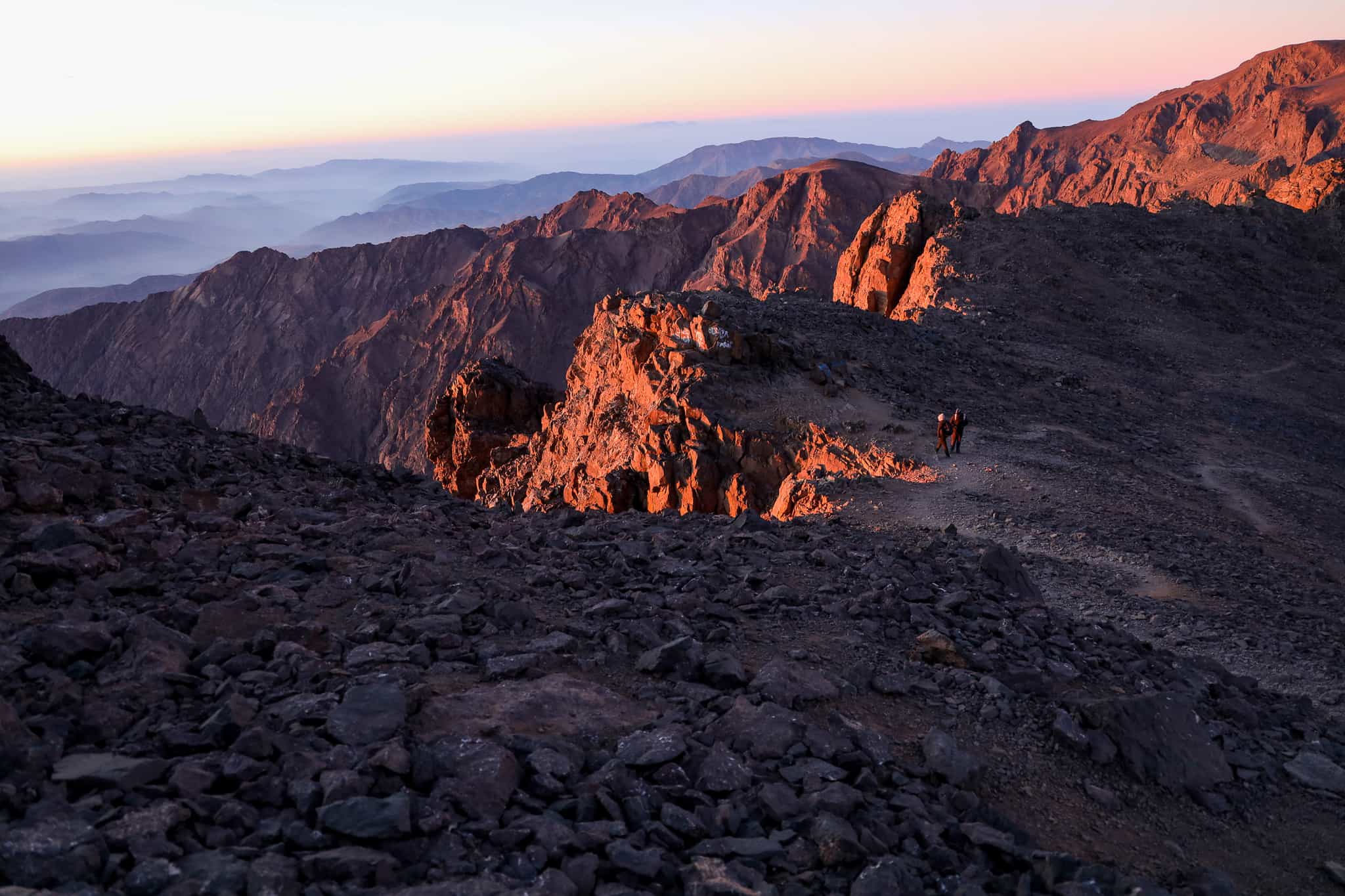
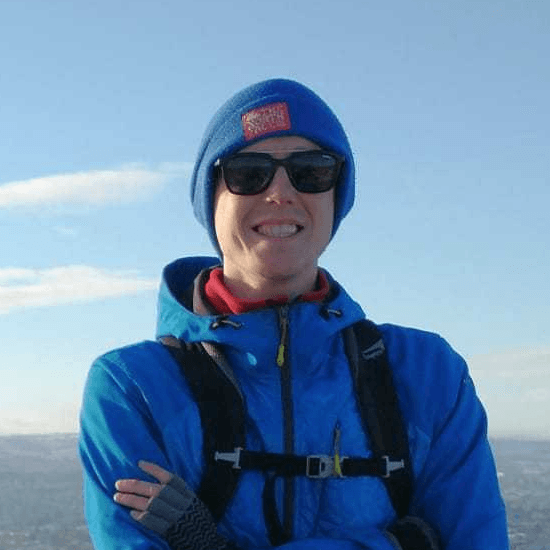
Need help finding flights?
From logistics and how to get there, to fitness, group dynamic and trip difficulty, Rory and his team of friendly experts are on hand to help.
We've got your back
Guaranteed to run
All Much Better Adventures trips are now guaranteed to run. Once you’ve booked your spot you can immediately make your travel arrangements, no uncertainty, no hanging about (excludes 'request to book' departures). Full details
Flexible payments
Secure your spot with the minimum deposit and pay off the remaining balance in as many instalments as you like, with no interest or fees. Full details
Happiness Guarantee
We’re so confident you’ll have an amazing time we’ll put our money on it. Full details
Full financial protection
To give you complete peace of mind Much Better Adventures is backed by ABTOT, ABTA and ATOL memberships. Full details
Tried & Trusted
Much Better Adventures is rated ‘Excellent’ on Trustpilot with over 1000 verified trip reviews averaging 4.8/5.
Connect before you go
You'll be invited to join a WhatsApp group to get to know each other before your big adventure together. Full details
DEPARTURE DATES





